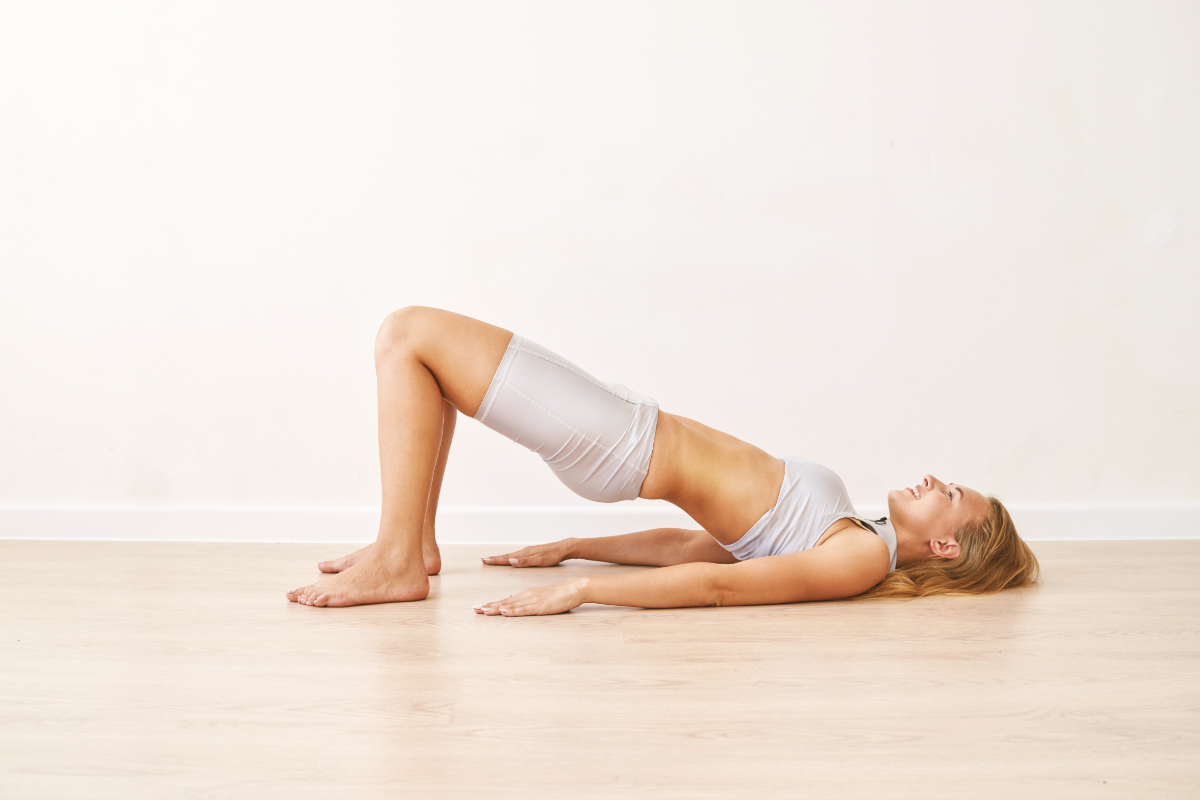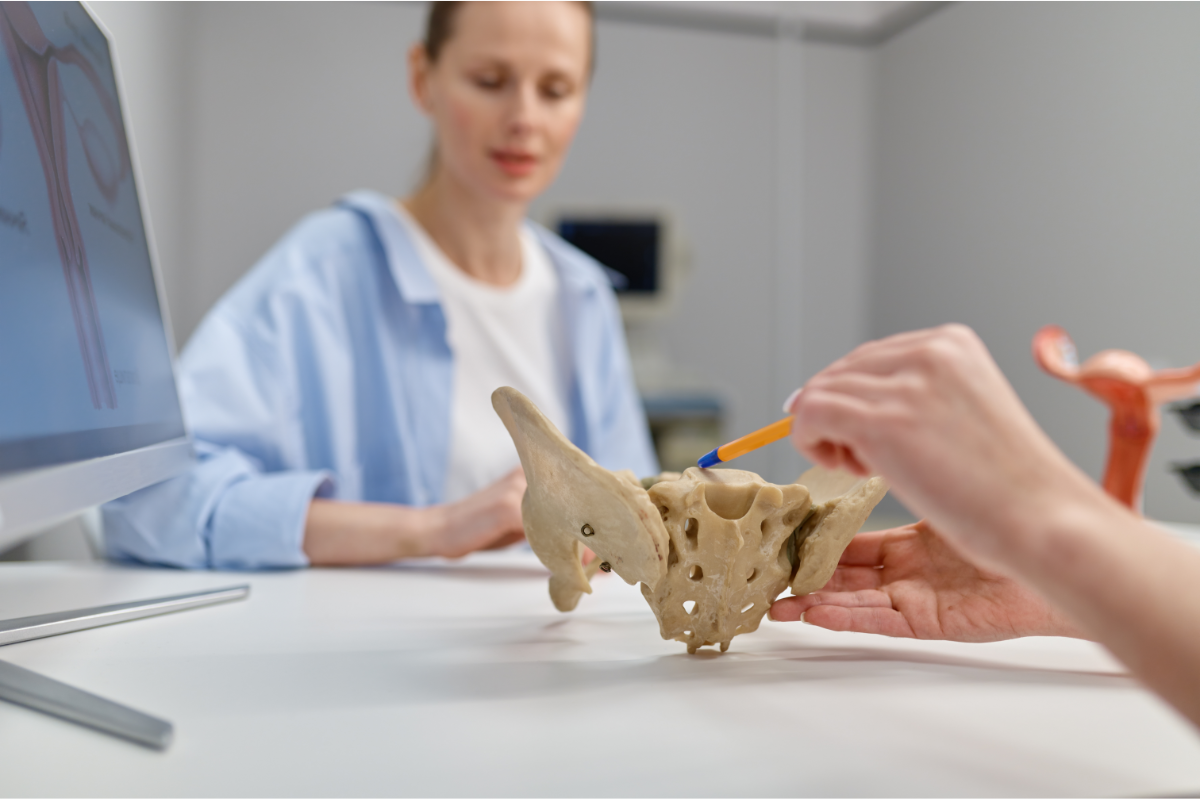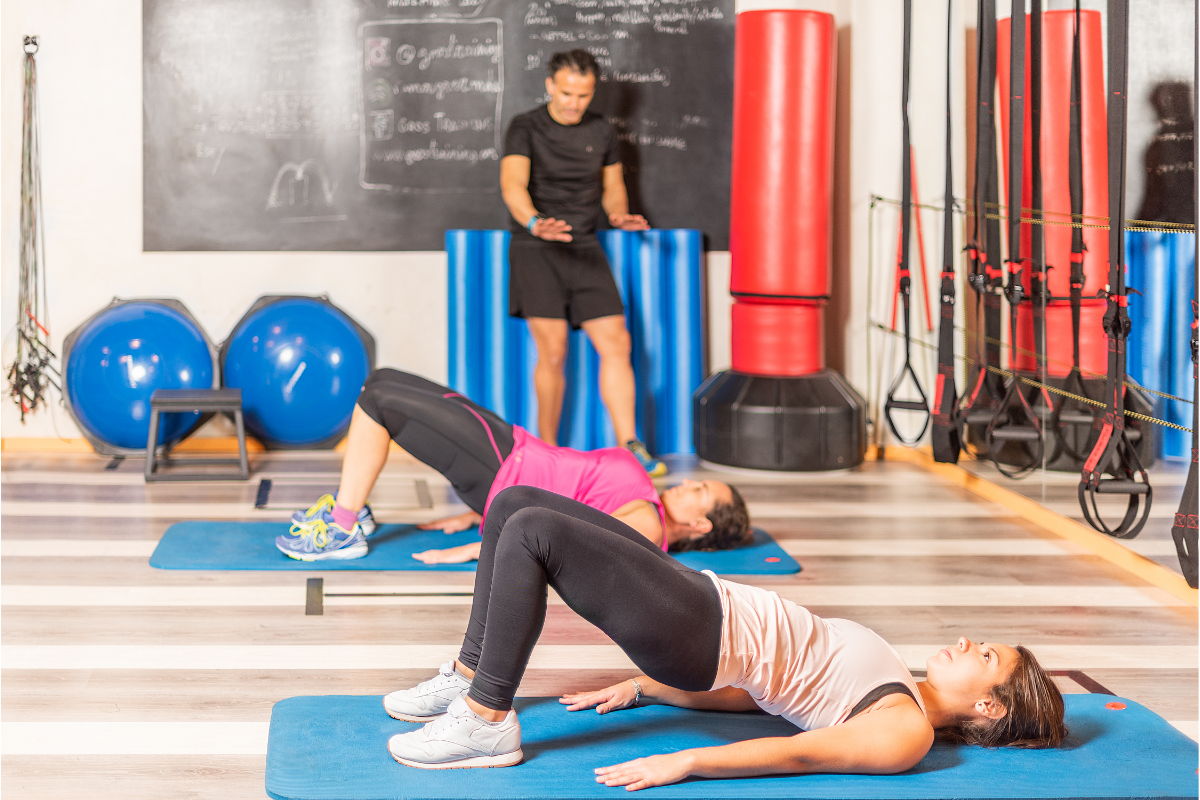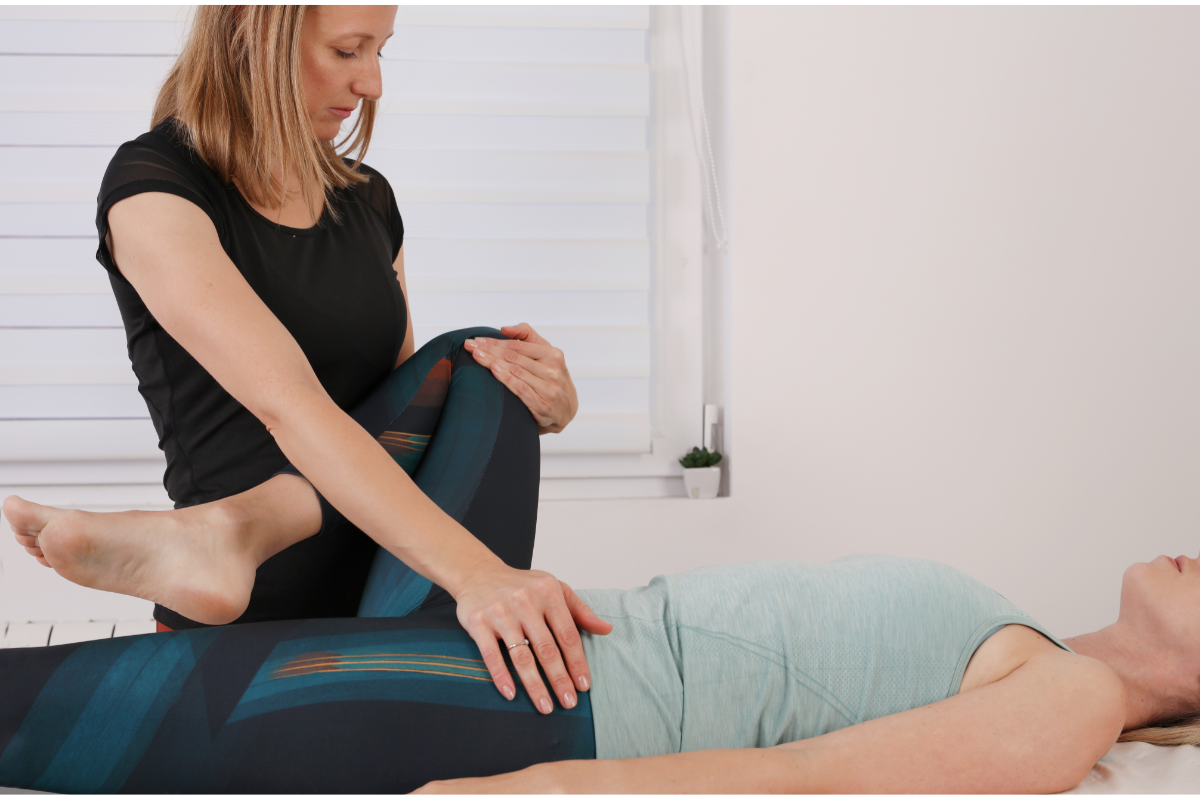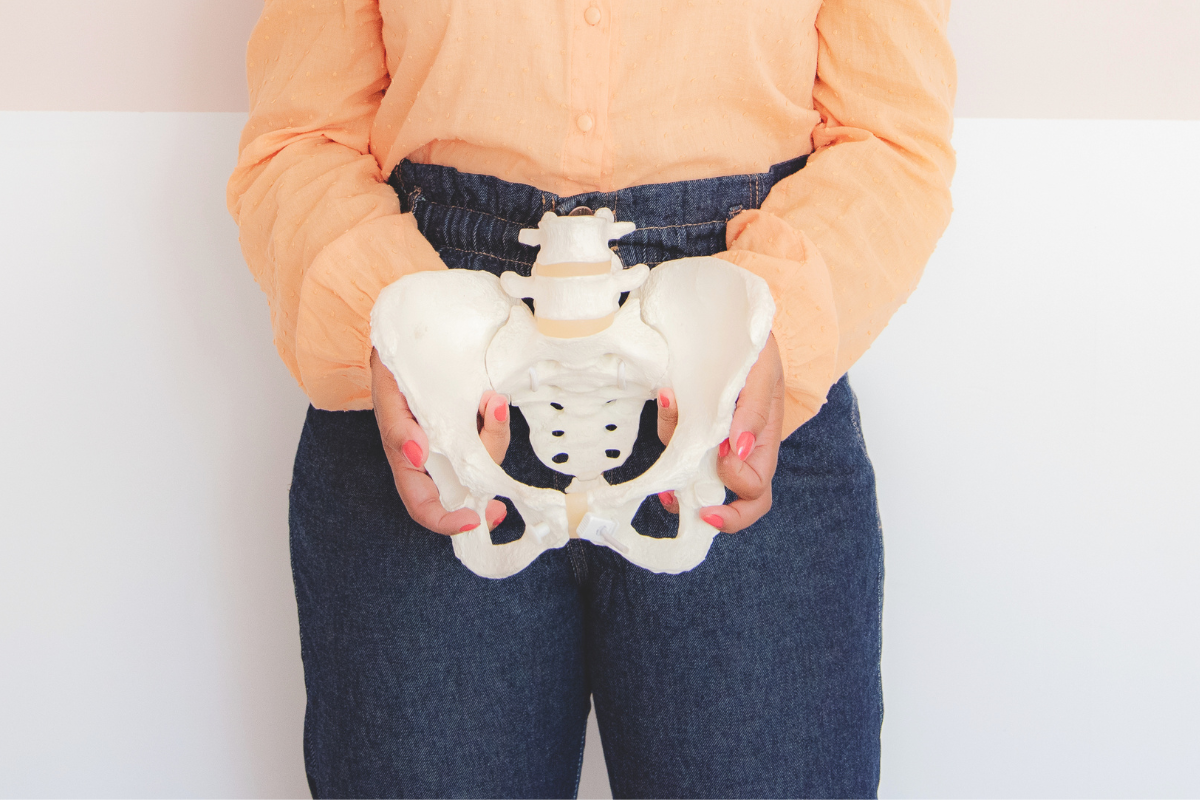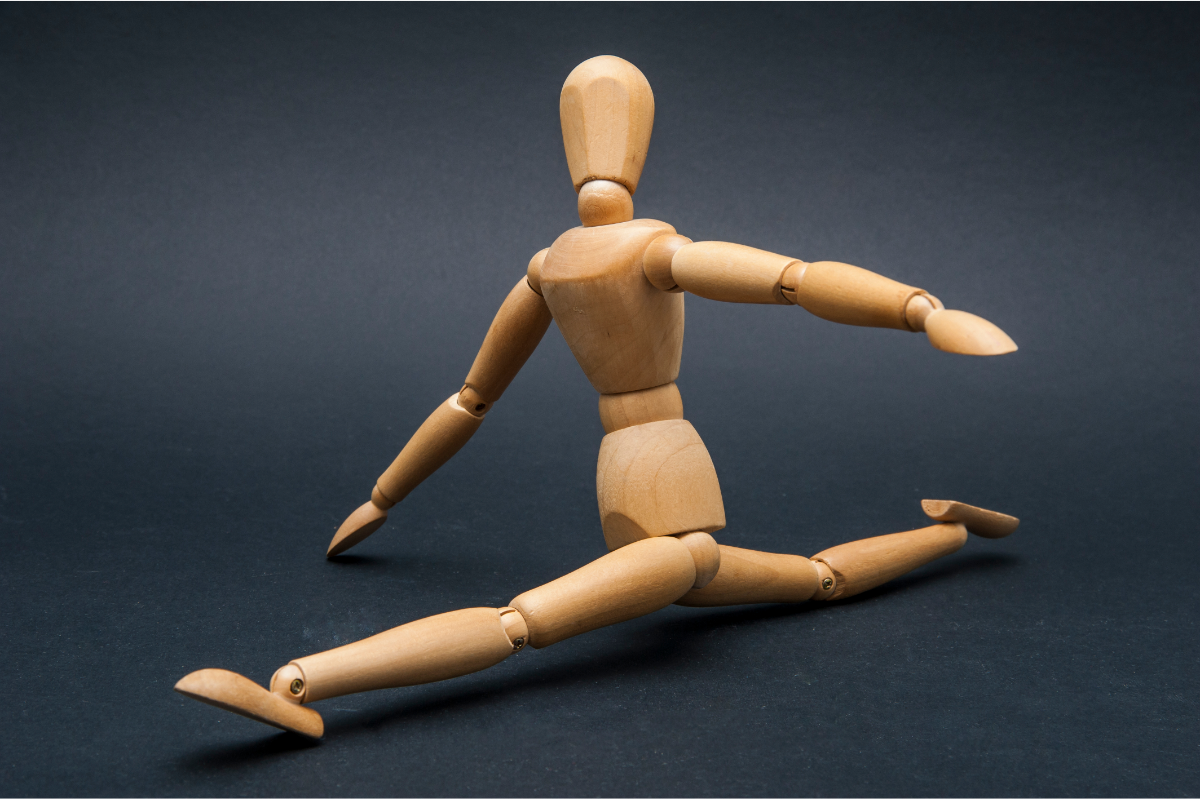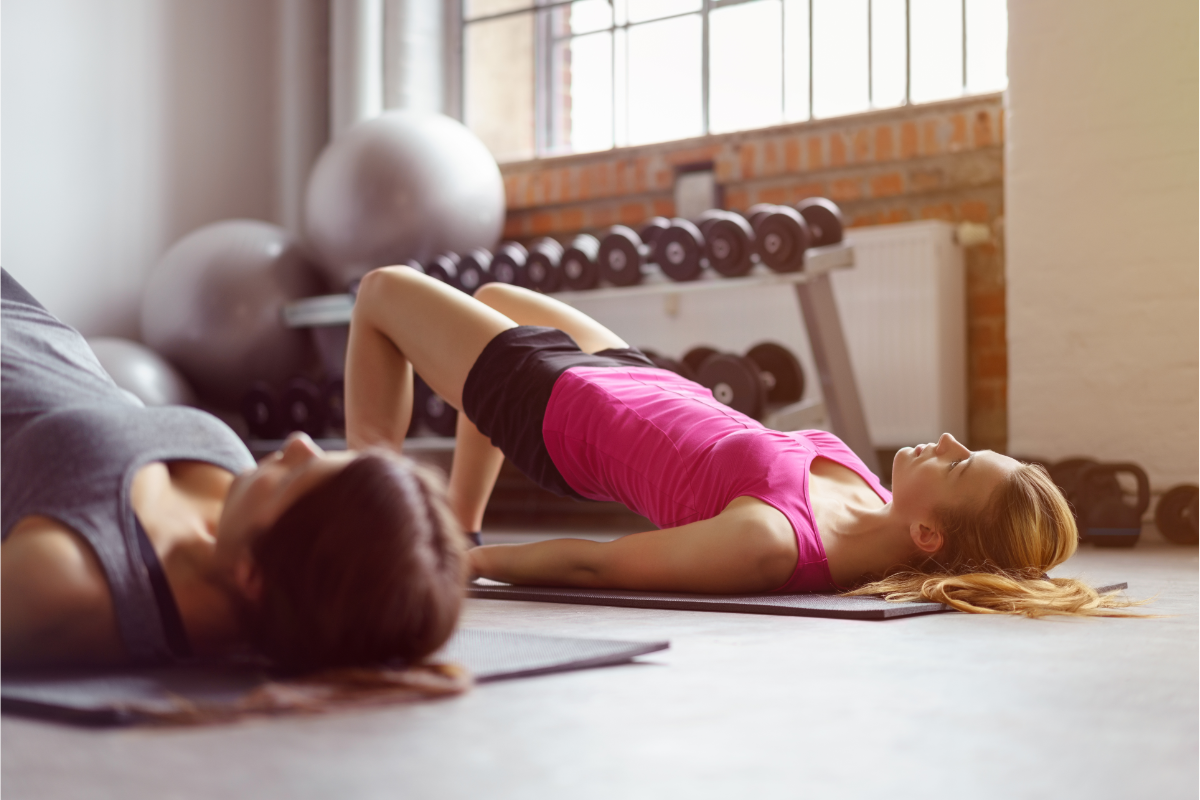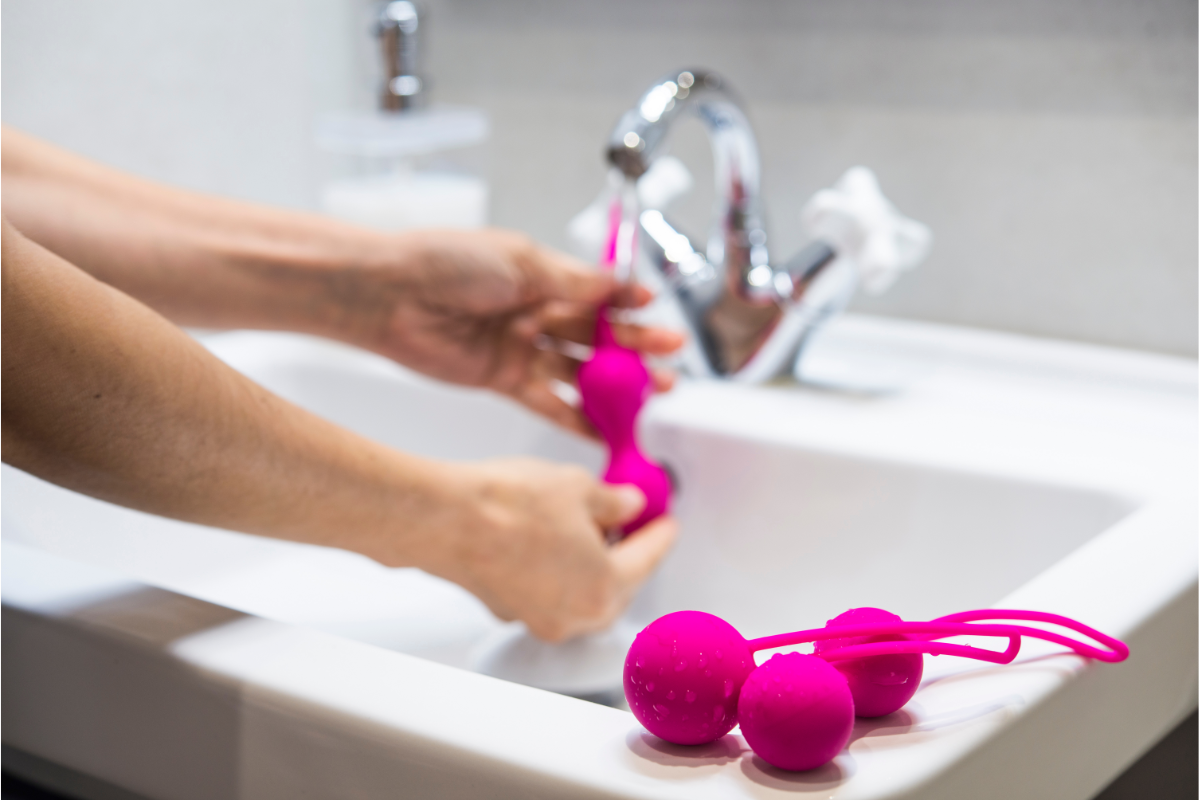How to Do Pelvic Floor Exercises with Vaginal Balls
Pelvic floor exercises have become essential for women aiming to improve their quality of life and overall well-being. The pelvic floor is a group of muscles and tissues that support critical organs such as the bladder, uterus, and rectum. These muscles play a vital role in core stability, urinary control, sexual function, and even childbirth. For various reasons, including childbirth, aging, and lifestyle, pelvic floor muscles can weaken over time, leading to issues like incontinence, pain during intercourse, and decreased muscle tone.
One tool that has gained popularity in strengthening the pelvic floor is the vaginal ball, or kegel ball. These small devices are specifically designed to enhance pelvic muscle strength by creating a controlled level of resistance as you perform targeted exercises. By incorporating vaginal balls into a consistent exercise routine, women can achieve noticeable improvements in muscle tone, control, and confidence.
Whether you’re seeking to address specific concerns like postpartum recovery or simply want to enhance your pelvic health, learning how to use vaginal balls effectively can be a transformative step. This guide will walk you through everything from choosing the right vaginal balls to advanced exercises, empowering you to take control of your pelvic health with knowledge and ease.
Here is the content section for each topic in “How to Do Pelvic Floor Exercises with Vaginal Balls”:
1. What Are Vaginal Balls and How Do They Work?
Vaginal balls, also known as kegel balls, are small devices made from various materials like silicone or metal and are designed to be inserted into the vagina. These balls can be weighted and often come in different sizes, offering varying levels of resistance. When placed inside, the muscles of the pelvic floor naturally contract to hold the balls in place, providing a workout for the pelvic muscles. This resistance helps enhance strength, endurance, and tone, making vaginal balls a practical tool for pelvic health exercises.
2. Benefits of Exercising with Vaginal Balls
Using vaginal balls for pelvic exercises can provide a wide array of benefits:
- Strengthened Muscle Tone: Regular exercise with vaginal balls can improve muscle tone, increasing pelvic stability and control.
- Reduced Incontinence: Many women find relief from urinary incontinence by strengthening their pelvic floor muscles.
- Enhanced Sexual Pleasure: Stronger pelvic muscles can lead to improved sexual satisfaction for both partners.
- Postpartum Recovery Support: Vaginal balls are often recommended for new mothers to help in regaining pelvic muscle tone after childbirth.
3. How to Choose the Right Vaginal Balls for You
Selecting the appropriate vaginal balls can depend on factors like your experience level, comfort, and goals:
- Material and Comfort: Look for medical-grade silicone options if you’re sensitive to certain materials.
- Weight and Size: Beginners might prefer lighter, larger balls, while more experienced users may benefit from smaller, heavier weights for added resistance.
- Type and Design: Some vaginal balls come with multiple weights or sets that allow you to progress in intensity over time.
4. Preparing for Exercise: Hygiene and Comfort Tips
Before beginning your exercises, take these steps to ensure hygiene and comfort:
- Clean Your Vaginal Balls: Use warm water and a mild soap to clean your vaginal balls before and after each use.
- Lubricate for Comfort: Applying a small amount of water-based lubricant can make insertion easier and more comfortable.
- Find a Comfortable Position: Many women find that lying down or standing with one leg raised is the most comfortable position for insertion.
5. Basic Exercises for Beginners with Vaginal Balls
For beginners, start with simple exercises to engage your pelvic floor muscles:
- Insertion and Holding: Insert the balls, then try holding them in place by gently contracting your pelvic floor muscles for a few minutes.
- Gentle Squeeze and Release: After inserting, squeeze and release your pelvic muscles in a controlled way for 5-10 repetitions.
- Short Walks: For an added challenge, insert the balls and walk around briefly to increase the engagement of your pelvic muscles.
6. Advanced Exercises to Strengthen the Pelvic Floor
Once you’re comfortable with the basics, you can progress to more advanced exercises:
- Weighted Ball Exercises: Switch to smaller, heavier balls to increase resistance.
- Endurance Holds: Hold the vaginal balls in place for longer intervals, aiming for up to 10 minutes as your strength improves.
- Dynamic Movement: Practice pelvic floor exercises with gentle movements, like squats or side steps, while holding the balls in place to engage your core and pelvic floor simultaneously.
7. Frequency and Duration of Exercises: How Much and How Often?
Consistency is key to achieving results. Here’s a suggested approach:
- Beginner Routine: Start with 5-10 minutes of exercise, 2-3 times per week.
- Progression: Gradually work up to 15-20 minutes per session as your muscles become stronger.
- Maintenance: Once you reach your desired strength, 10 minutes of exercise a few times per week is generally sufficient for maintenance.
8. Tips for Monitoring Your Progress and Maximizing Results
To stay motivated and track your improvement, consider these tips:
- Track Your Sessions: Keep a journal of your exercises, noting any improvements or challenges.
- Set Goals: Set gradual goals, like increasing the duration or adding weight, to continue progressing.
- Listen to Your Body: If you experience discomfort or fatigue, take a rest day to allow your muscles to recover.
9. Potential Risks and Precautions When Using Vaginal Balls
While generally safe, it’s essential to be mindful of the following:
- Avoid Overuse: Overworking the muscles can lead to strain or discomfort.
- Seek Medical Advice: If you’re pregnant, have a medical condition, or have recently undergone surgery, consult a healthcare professional before beginning.
- Stop if You Experience Pain: If there’s any pain during or after exercises, stop and consider discussing it with a medical provider.
Here’s the conclusion for “Strengthening the Pelvic Floor: Long-Term Benefits for Your Health and Well-Being”:
Strengthening the Pelvic Floor: Long-Term Benefits for Your Health and Well-Being
Investing time and effort into pelvic floor exercises, particularly with the use of vaginal balls, can offer profound and lasting benefits to women’s health. A strong pelvic floor is more than just physical strength—it provides enhanced bladder control, better posture, core stability, and can improve intimate relationships by increasing muscle tone and sensitivity. For women at various life stages, from postpartum recovery to menopause, pelvic health can significantly impact daily comfort and self-assurance.
The long-term benefits of a strengthened pelvic floor extend to reducing risks of prolapse, alleviating symptoms of incontinence, and even supporting overall core strength, which can protect the lower back and improve mobility. By regularly practicing the exercises outlined here and progressing gradually, women can achieve a more robust pelvic foundation that contributes to physical and emotional well-being. With consistency and attention to proper technique, these exercises can empower you to take control of your health, boost your confidence, and enjoy a higher quality of life for years to come.

I’m Hillary Swan, a certified fitness trainer specializing in women’s health and pelvic floor strength. I’m passionate about empowering others to improve their core wellness through targeted exercises. Let’s strengthen our bodies together for a healthier, more confident life.

